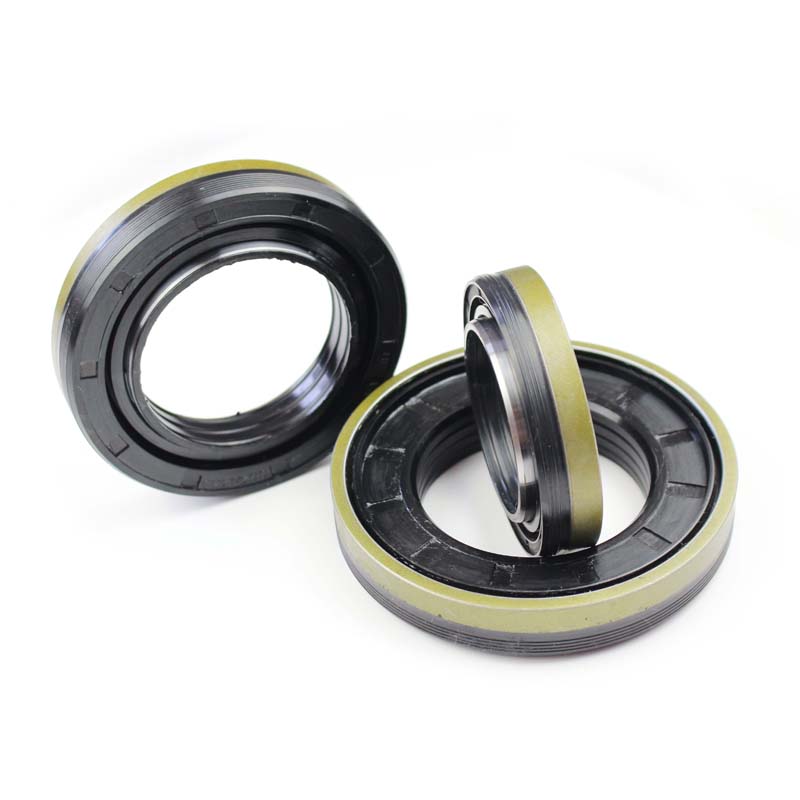oil cooler housing gasket
Understanding Oil Cooler Housing Gaskets and Their Importance
In the intricate world of automotive engineering, every component plays a vital role in maintaining the efficiency and performance of a vehicle. One such crucial component is the oil cooler housing gasket. While it may seem like a small part, the oil cooler housing gasket is essential for the proper functioning of the engine's cooling system and, by extension, the entire vehicle.
What is an Oil Cooler Housing Gasket?
An oil cooler housing gasket is a sealing component that sits between the oil cooler and the engine block or oil cooler housing. Its primary function is to create a tight seal that prevents engine oil from leaking where the oil cooler connects to the engine. This gasket is crucial for maintaining the integrity of the oil cooling system, which plays a vital role in regulating the engine’s temperature and ensuring the oil maintains its lubricating properties.
The Function of an Oil Cooler
Before delving deeper into the gasket itself, it's essential to understand the function of the oil cooler in a vehicle. The oil cooler is designed to dissipate heat from the engine oil. During the operation of an engine, oil absorbs heat, which can cause it to break down over time. The oil cooler removes this excess heat, maintaining optimal oil temperatures and preventing overheating, which can lead to severe engine damage.
Why the Gasket Matters
The oil cooler housing gasket is critical to the efficiency of the oil cooler. If the gasket fails or becomes damaged, it can lead to oil leaks. These leaks may result in low oil levels, which can cause inadequate lubrication and overheating. A compromised gasket can also allow coolant to mix with the engine oil, leading to a phenomenon known as cross-contamination. This mixing can create sludge within the engine, resulting in costly repairs and diminished vehicle performance.
Common Signs of Gasket Failure
Recognizing the signs of a failing oil cooler housing gasket can save car owners from significant issues down the line. Some common symptoms include
1. Oil Leaks Puddles of oil under the vehicle can indicate a failing gasket. These leaks can often be seen around the oil cooler area. 2. Overheating Engine If the oil cooler is not functioning properly due to a gasket failure, the engine may run hotter than normal.
oil cooler housing gasket

4. Increased Exhaust Smoke If coolant enters the combustion chamber, it can lead to white smoke from the exhaust.
Replacing the Oil Cooler Housing Gasket
When it comes to replacing an oil cooler housing gasket, it is crucial to follow manufacturer specifications and guidelines. Here are general steps involved in the replacement process
1. Park on a Level Surface Ensure the vehicle is parked on a flat surface and the engine is cool.
2. Drain the Oil Before starting work, drain the engine oil to prevent spills.
3. Remove the Oil Cooler Detach the oil cooler from the engine block carefully, making sure to unhook any connected hoses or electrical components.
4. Clean Surfaces Thoroughly clean the surface of the engine block and the oil cooler to remove remnants of the old gasket and any debris.
5. Install the New Gasket Place the new gasket in position, ensuring it is aligned correctly.
6. Reassemble Reattach the oil cooler and any associated components. Refill with oil and coolant as necessary.
7. Testing Start the engine and allow it to idle. Check for leaks around the repaired area to ensure the gasket is functioning correctly.
Conclusion
In the grand scheme of automotive parts, the oil cooler housing gasket is often overlooked. However, its role in preventing leaks and maintaining the efficiency of the oil cooling system is vital for engine health. Regular maintenance and prompt attention to any signs of failure can help keep your vehicle running smoothly and efficiently. The investment in quality parts and proper installation can pay off in the form of a long-lasting, high-performing engine.
-
Seal 12x20x5: Precision Radial Shaft Seals for Industrial Reliability
News Nov.24,2025
-
Seal 12x18x5: Essential Guide to Specifications, Applications & Vendors
News Nov.24,2025
-
Understanding Seal 12 20 5: Applications, Specifications & Industry Insights
News Nov.23,2025
-
Durable Oil Seal 85x110x12 – Reliable Sealing Solutions for Industry
News Nov.23,2025
-
Durable and Precise Oil Seal 75x95x10 for Efficient Machinery | YJM Seal
News Nov.22,2025
-
Durable Oil Seal 75x100x10 for Reliable Industrial Performance | YJM Seal
News Nov.22,2025
-
High-Quality Oil Seal 65x90x10 | Durable & Reliable Sealing Solutions
News Nov.22,2025
Products categories















